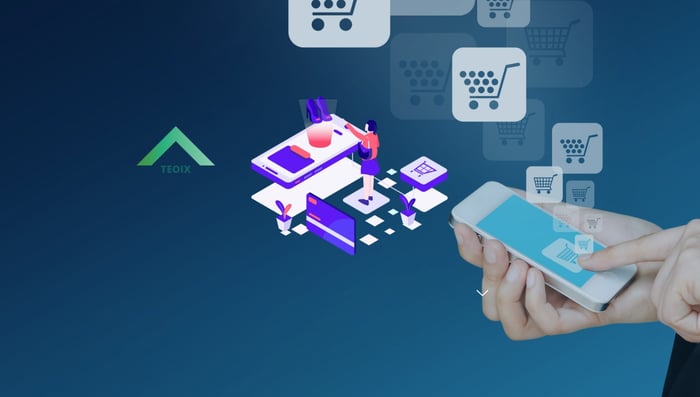Navigating the Thriving Landscape of Business-to-Consumer (B2C) E-commerce
BLOGS
5/6/20242 min read


The emergence of Business-to-Consumer (B2C) e-commerce has been nothing short of revolutionary in the ever-changing world of commerce. Businesses now have new ways to interact directly with customers, overcoming geographical limitations and upending conventional retail paradigms, thanks to the internet and the ensuing digital revolution.
Online transactions between a business and individual customers are referred to as business-to-consumer (B2C) e-commerce. B2C e-commerce encompasses a wide range of businesses and offers consumers an unmatched degree of ease and choice, from retail behemoths to specialized boutiques. Buying luxury products, digital products, or basic necessities—the internet marketplace accommodates a wide range of requirements and tastes.
The accessibility of B2C e-commerce is one of its distinguishing characteristics. With a few taps on their displays, customers can purchase whenever and wherever they choose thanks to the widespread use of smartphones and other linked devices. Because of its accessibility, business has become more democratic, giving customers more authority over their purchases.
Additionally, B2C e-commerce has promoted a competitive and innovative culture. Companies are always trying to improve the online shopping experience; to do this, they use technologies like augmented reality, data analytics, and artificial intelligence to customize recommendations, speed up transactions, and improve logistics. This unrelenting quest of innovation propels industry evolution and economic success in addition to helping customers.
B2C e-commerce is successful, but it is not without difficulties. Strong cybersecurity measures are required to protect sensitive data because security issues like identity theft and data breaches are still a major problem. Furthermore, the spread of fake products and dishonest vendors jeopardizes customer confidence and brand reputation, underscoring the significance of regulatory monitoring and alertness.
The future of business-to-consumer e-commerce seems promising in spite of these obstacles. Businesses need to accept change and adapt as the consumer's expectations and technology develop in order to survive in this ever-changing market. By putting an emphasis on openness, dependability, and customer-centricity, companies may build deep relationships with customers and take advantage of the countless opportunities presented by the digital marketplace.
To sum up, business-to-consumer e-commerce has completely changed how companies communicate with their customers by providing unmatched convenience, variety, and creativity. The values of honesty, integrity, and flexibility will be our compass points as we traverse the changing terrain of business, guaranteeing a bright future for both companies and customers in the e-commerce space.


